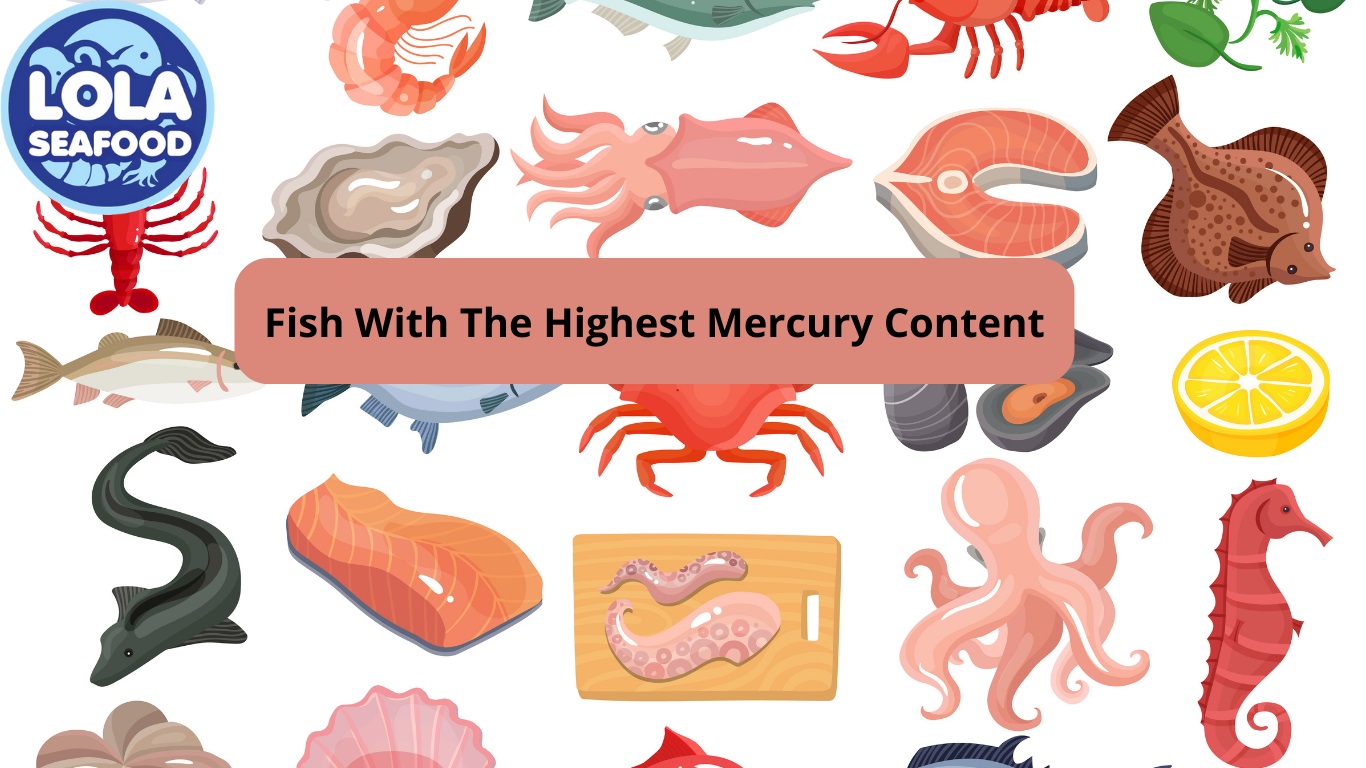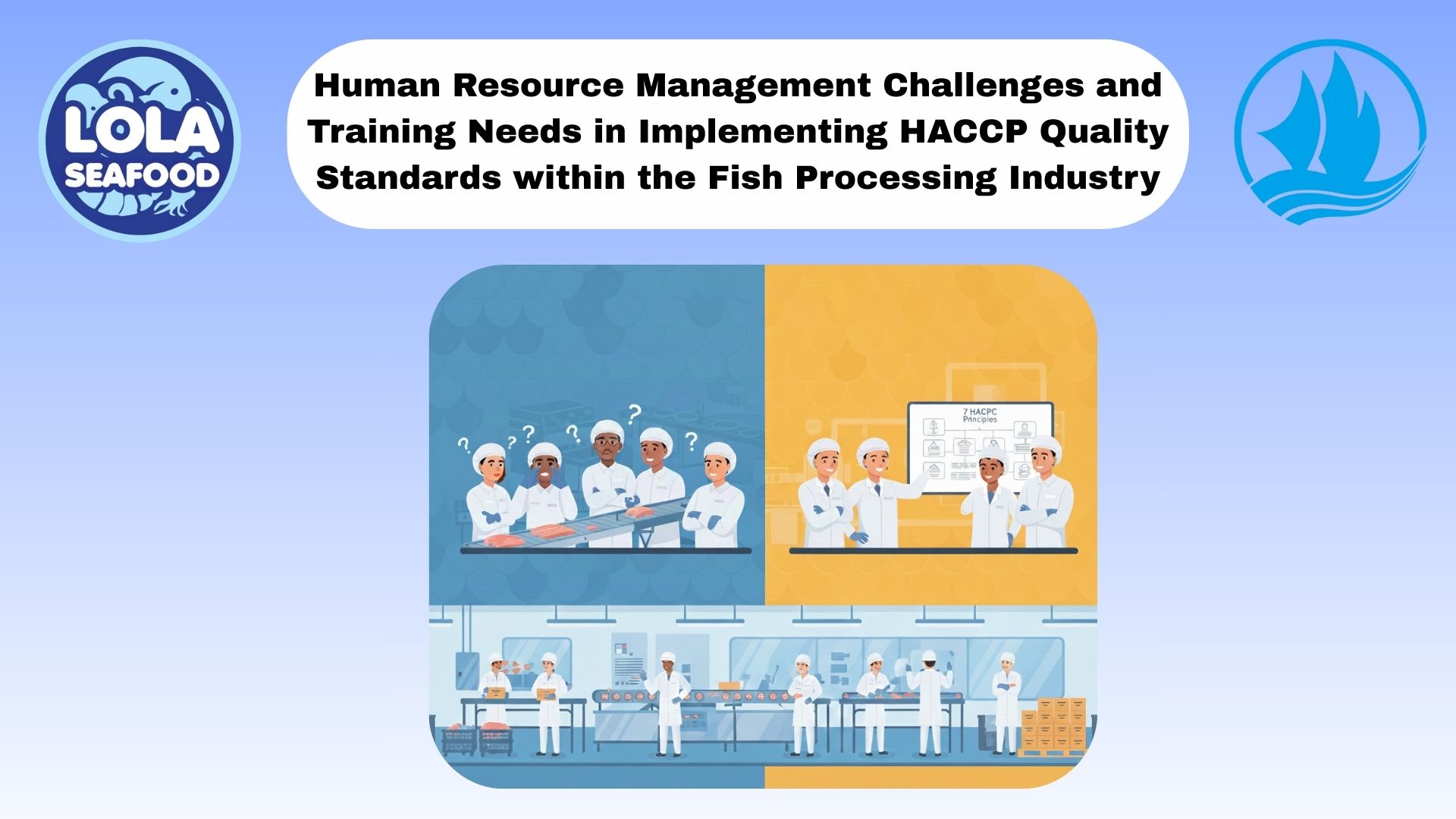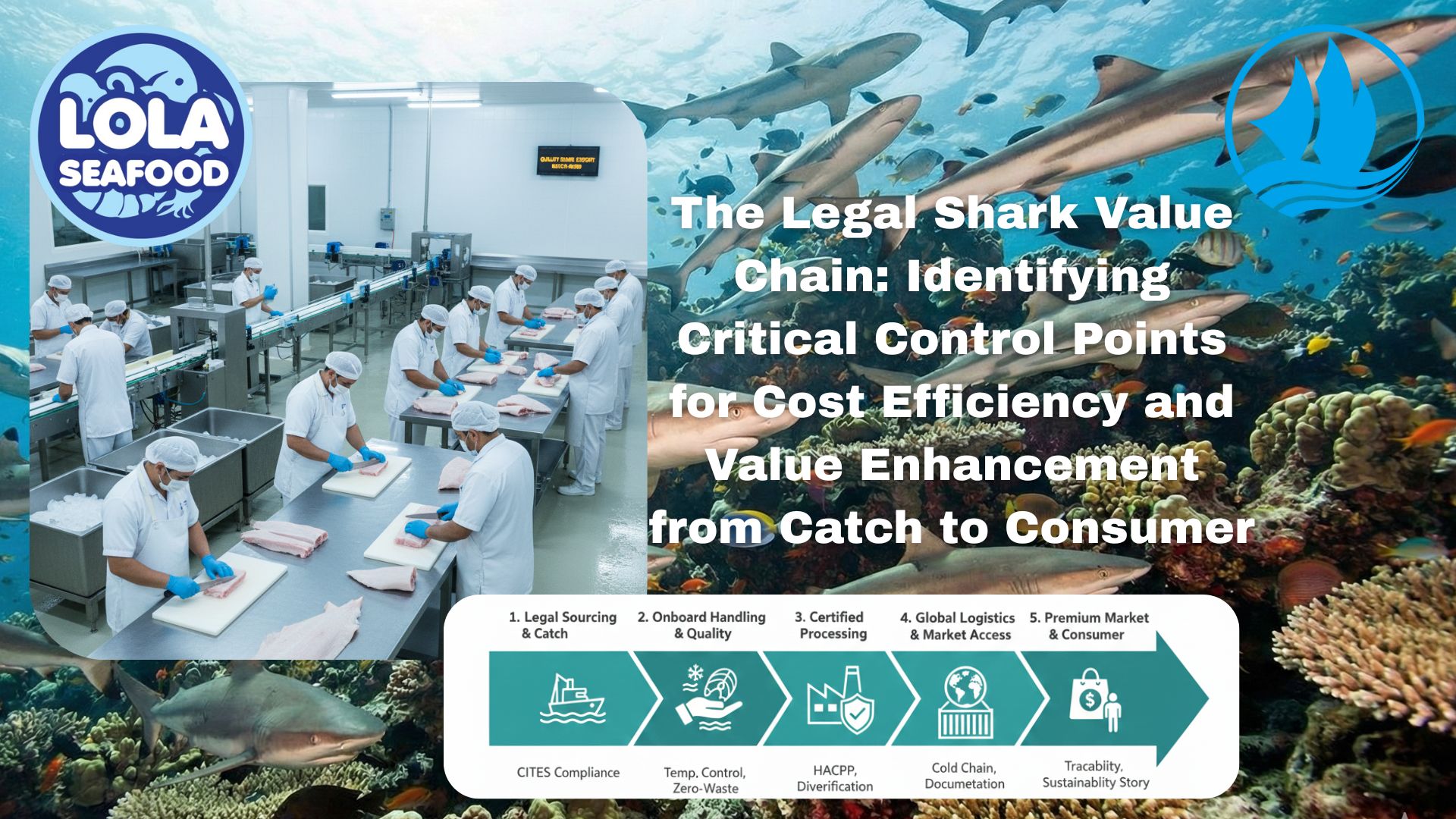Fish With The Highest Mercury Content
By. Najih - 29 Oct 2024
Mercury, particularly in its organic form known as methylmercury, poses significant health risks when consumed through fish. Consumers can make informed choices about fish consumption, balancing the nutritional benefits of fish with the potential risks associated with mercury exposure. Here are the fish known to have the highest mercury content:
- King Mackerel
- Average mercury concentration: 0.73 ppm
- Maximum recorded: 1.67 ppm
- Swordfish
- Average mercury concentration: 0.995 ppm
- Maximum recorded: 3.22 ppm
- Tilefish (Gulf of Mexico)
- Average mercury concentration: 1.123 ppm
- Maximum recorded: 3.73 ppm
- Shark
- Average mercury concentration: 0.979 ppm
- Maximum recorded: 4.54 ppm
- Marlin
- Average mercury concentration: 0.485 ppm
- Maximum recorded: 0.92 ppm
- Bigeye Tuna
- Average mercury concentration: 0.689 ppm
- Maximum recorded: 1.816 ppm
Here are the key hazards associated with mercury in fish consumption:
1. Neurological and Conduct Issues
- Cognitive Impairment: Exposure to methylmercury can lead to memory issues, mood swings, and anxiety.
- Motor Skills: It can cause loss of motor skills, tremors, and muscle weakness.
- Developmental Delays: Pregnant women consuming high-mercury fish may risk developmental delays in their children, affecting attention, language, and motor functions.
2. Physical Health Risks
- Organ Damage: High levels of mercury can damage vital organs, including the kidneys, lungs, and cardiovascular system.
- Respiratory Issues: Severe exposure may lead to trouble breathing and vision or speech impairments.
- Chronic Conditions: Long-term exposure has been linked to conditions such as high blood pressure, increased risk of heart attacks, and potential links to neurodegenerative diseases like Alzheimer's and Parkinson's.
3. Vulnerable Populations
- Pregnant Women and Children: These groups are particularly susceptible to the harmful effects of mercury.
- Breastfeeding Mothers: Mercury can also be passed to infants through breast milk, posing risks to their development.
4. Bioaccumulation and Biomagnification
- Accumulation in Fish: Mercury accumulates in fish over time, especially in larger, longer-lived species that are higher on the food chain.
- Environmental Impact: Mercury enters water bodies through industrial pollution and can convert into methylmercury, which is then absorbed by fish, leading to widespread contamination.
5. Recommendations for Safe Consumption
- Avoid High-Mercury Fish: It is recommended to avoid fish known for high mercury levels, such as shark, swordfish, king mackerel, and tilefish.
- Choose Low-Mercury Options: Option for fish that are lower in mercury, such as shrimp, salmon, and canned light tuna, which can be consumed more frequently.
- Monitor Local Advisories: Check local advisories for fish caught in local waters, as mercury levels can vary significantly based on environmental conditions.
By being mindful of the types of fish consumed, individuals can enjoy the health benefits of seafood while minimizing the risks associated with mercury exposure.
.jpg)
The Impact of HACCP-Based Integrated Quality Management Programs on the Quality and Competitiveness of Fresh Demersal Fish Products
 and Employee Productivity on the Demersal Fish Processing Floor.jpg)
The Correlation Between Occupational Health and Safety (OHS) and Employee Productivity on the Demersal Fish Processing Floor

Human Resource Management Challenges and Training Needs in Implementing HACCP Quality Standards within the Fish Processing Industry

The Legal Shark Value Chain: Identifying Critical Control Points for Cost Efficiency and Value Enhancement from Catch to Consumer



.jpg)
 in Meeting Global Protein Demand Sustainably.jpg)